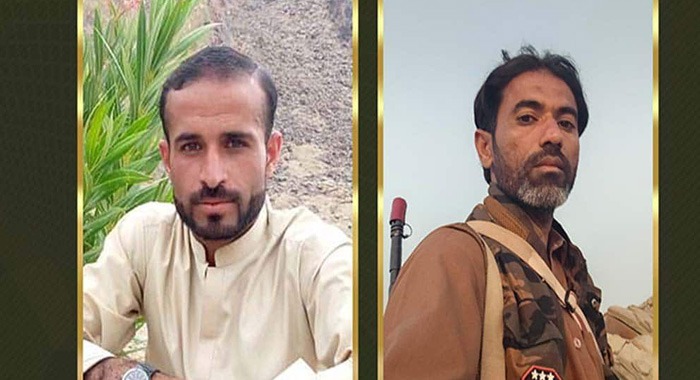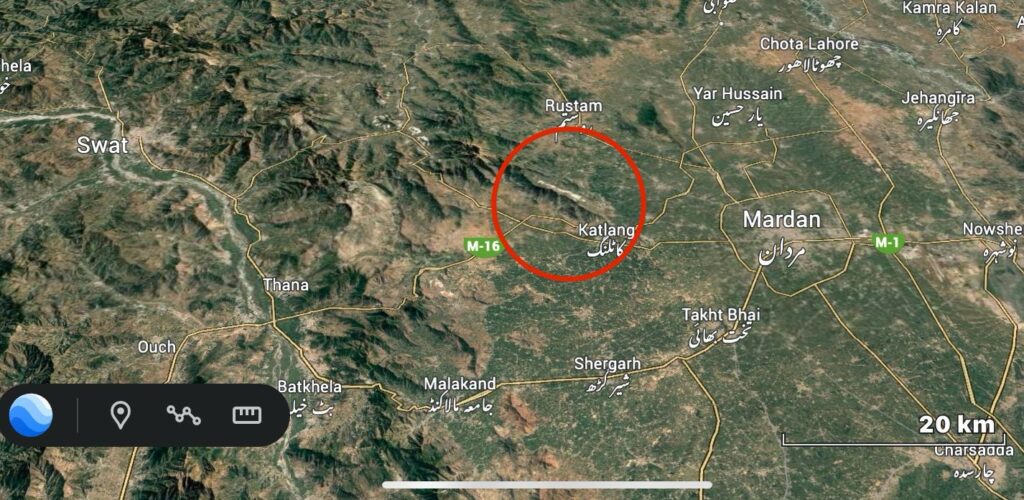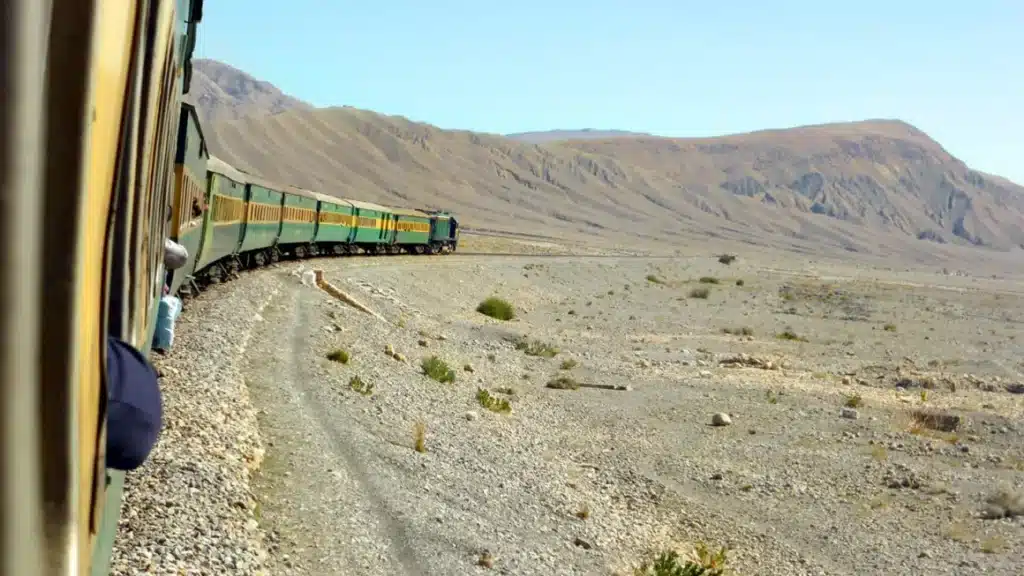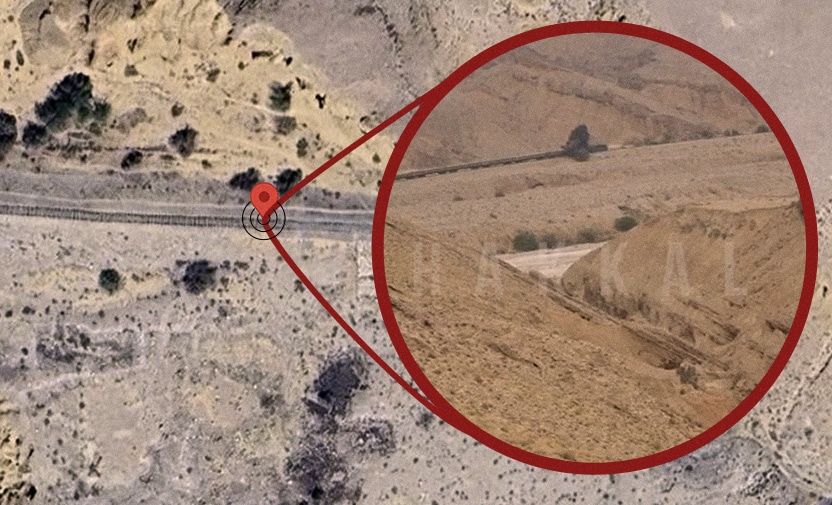In a development that undermines long-standing claims of enforced disappearances, the Baloch Liberation Army (BLA) has publicly confirmed the deaths of two of its senior operatives — contradicting narratives previously promoted by its political front, the Baloch Yakjehti Committee (BYC).
In an official statement issued on May 20, BLA spokesperson Jeeyand Baloch acknowledged that terrorists Sangat Munir Baloch and Sangat Zahir Baloch were killed in separate incidents. The admission casts serious doubt on the credibility of the BYC’s repeated accusations against state authorities regarding missing persons.
According to the BLA, Sangat Munir — also known as Abdullah — died in a road accident on May 5, 2025, while on an operational mission. A long-time insurgent from the Sholi (Dasht) area of Kech, Munir had been active in militant activities since 2013.
More significantly, the BLA disclosed that Sangat Zahir Baloch, alias Mullah, was killed in a firefight with Pakistani security forces on December 1, 2023, in the Garmkan region of Panjgur. A native of Washbud and a militant since 2017, Zahir was described as a disciplined field commander. His death had been deliberately concealed by the BLA for operational reasons—until now.
Notably, Zahir had been portrayed by the BYC as an innocent civilian who had been forcibly disappeared. His supposed disappearance in December 2023 had triggered outrage on social media, amplified by human rights advocates and BYC-affiliated voices.
This latest revelation starkly contradicts the BYC’s earlier narrative, confirming that Zahir was in fact a militant affiliated with a proscribed terrorist group. The incident calls into question the reliability of such organisations and their reports, which frequently allege widespread human rights violations by state agencies.
Officials argue that the BLA’s confession supports their long-standing position: that many of the so-called “missing persons” are not victims of state repression but insurgents involved in anti-state violence.
The episode reinforces the need for rigorous scrutiny of politically motivated claims, particularly those used to malign national institutions under the cover of human rights advocacy. As the state continues its efforts to uphold law and order, it calls for a more critical examination of the sources shaping public perception on complex issues like militancy and enforced disappearances.





